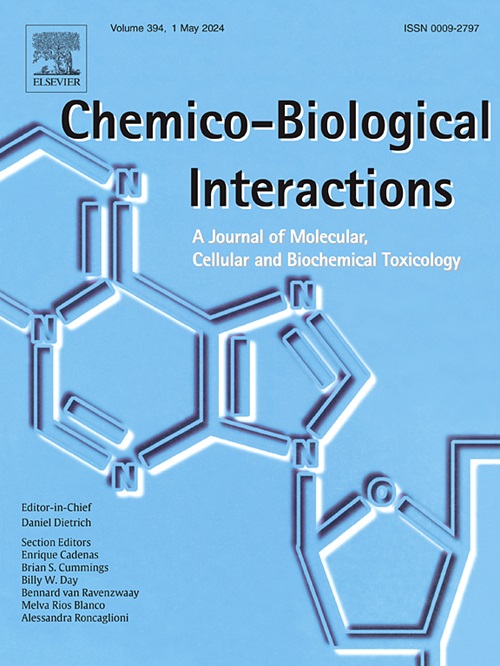Prostate cancer-selective anticancer action of an oxindole derivative via HO-1-mediated disruption of metabolic reprogramming
IF 4.7
2区 医学
Q1 BIOCHEMISTRY & MOLECULAR BIOLOGY
引用次数: 0
Abstract
Prostate cancer, the second leading cause of cancer-related mortality in men, exhibits distinct metabolic reprogramming involving zinc and citrate metabolism. This study investigated whether targeting this unique metabolic profile could offer an effective therapeutic approach. A series of novel oxindole derivatives were synthesized and evaluated for their inhibitory effects on transcription factors (TFs) and antiproliferative activity across various cancer cell lines. Among these, compound 3D showed the strongest inhibition of master TFs (HIF-1α, c-Myc, and SP-1) and demonstrated selective antiproliferative activity in prostate cancer cells. In PC-3 and LNCaP cells, compound 3D suppressed aerobic glycolysis by downregulating lactate-modulating genes (LDHA, MCT1/4, and CAIX) and the zinc influx transporter (ZIP1), without affecting the zinc efflux transporter (ZnT4). Notably, 3D selectively increased heme oxygenase-1 (HO-1) levels in prostate cancer cells, as shown by the proteome profiler oncogene array assay and confirmed by Western blotting. This response was reversed by ZnCl2 treatment. The decreases in LDHA, mitochondrial mass (measured by FACS), and cell proliferation induced by compound 3D were blocked by HO-1-IN-1, an HO-1 inhibitor, and ZnCl2. Furthermore, 3D induced a more pronounced reduction in the oxygen consumption rate (OCR) than in the extracellular acidification rate (EACR), indicating a strong effect on oxidative metabolism. 3D exhibited dose-dependent antitumour efficacy in vivo comparable to that of docetaxel. These findings reveal that the oxindole derivative 3D substantially lowers intracellular zinc levels, yielding potent antitumour effects in prostate cancer through HO-1 upregulation, which impairs mitochondrial function more significantly than aerobic glycolysis.

求助全文
约1分钟内获得全文
求助全文
来源期刊
CiteScore
7.70
自引率
3.90%
发文量
410
审稿时长
36 days
期刊介绍:
Chemico-Biological Interactions publishes research reports and review articles that examine the molecular, cellular, and/or biochemical basis of toxicologically relevant outcomes. Special emphasis is placed on toxicological mechanisms associated with interactions between chemicals and biological systems. Outcomes may include all traditional endpoints caused by synthetic or naturally occurring chemicals, both in vivo and in vitro. Endpoints of interest include, but are not limited to carcinogenesis, mutagenesis, respiratory toxicology, neurotoxicology, reproductive and developmental toxicology, and immunotoxicology.

 求助内容:
求助内容: 应助结果提醒方式:
应助结果提醒方式:


